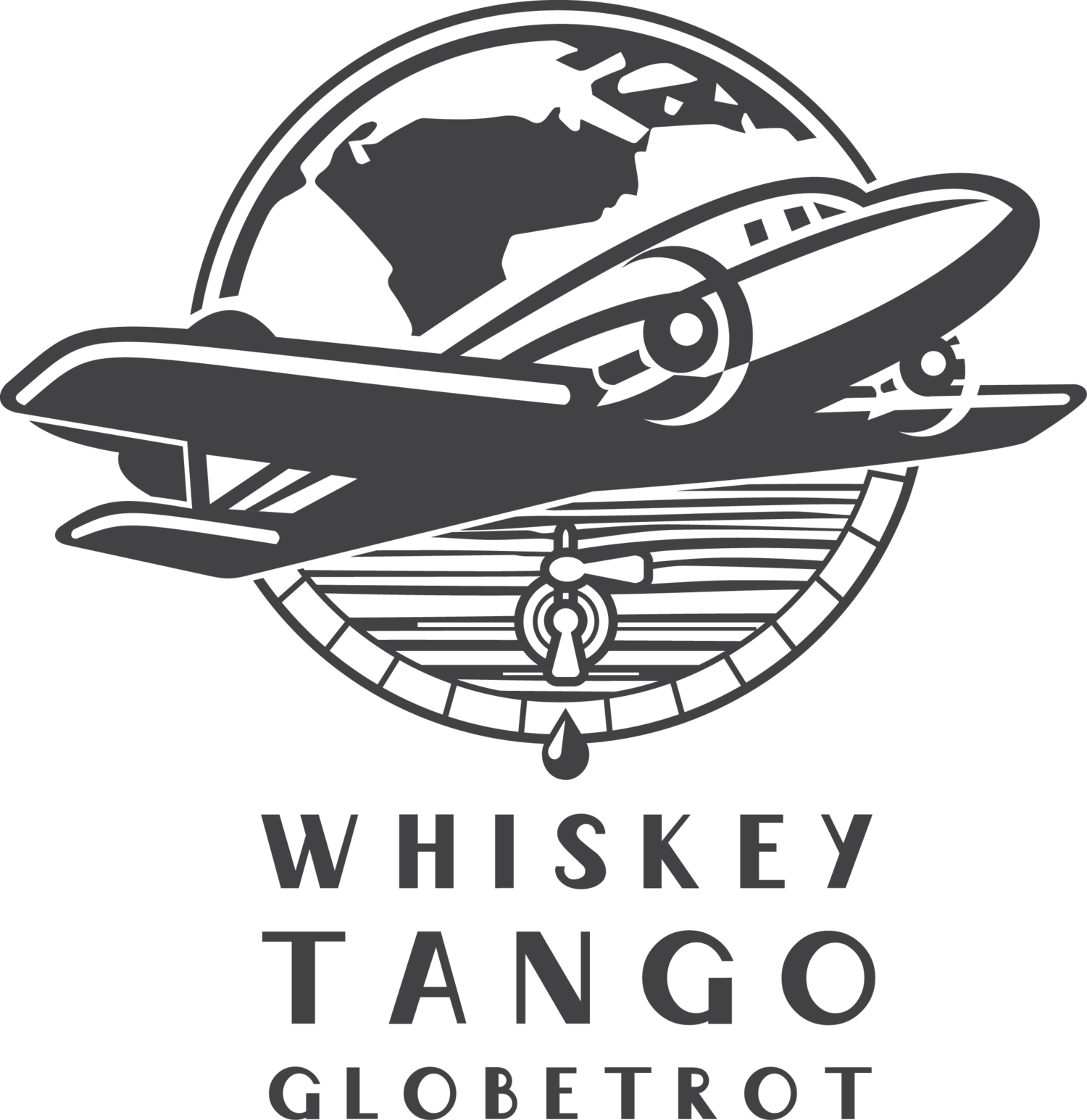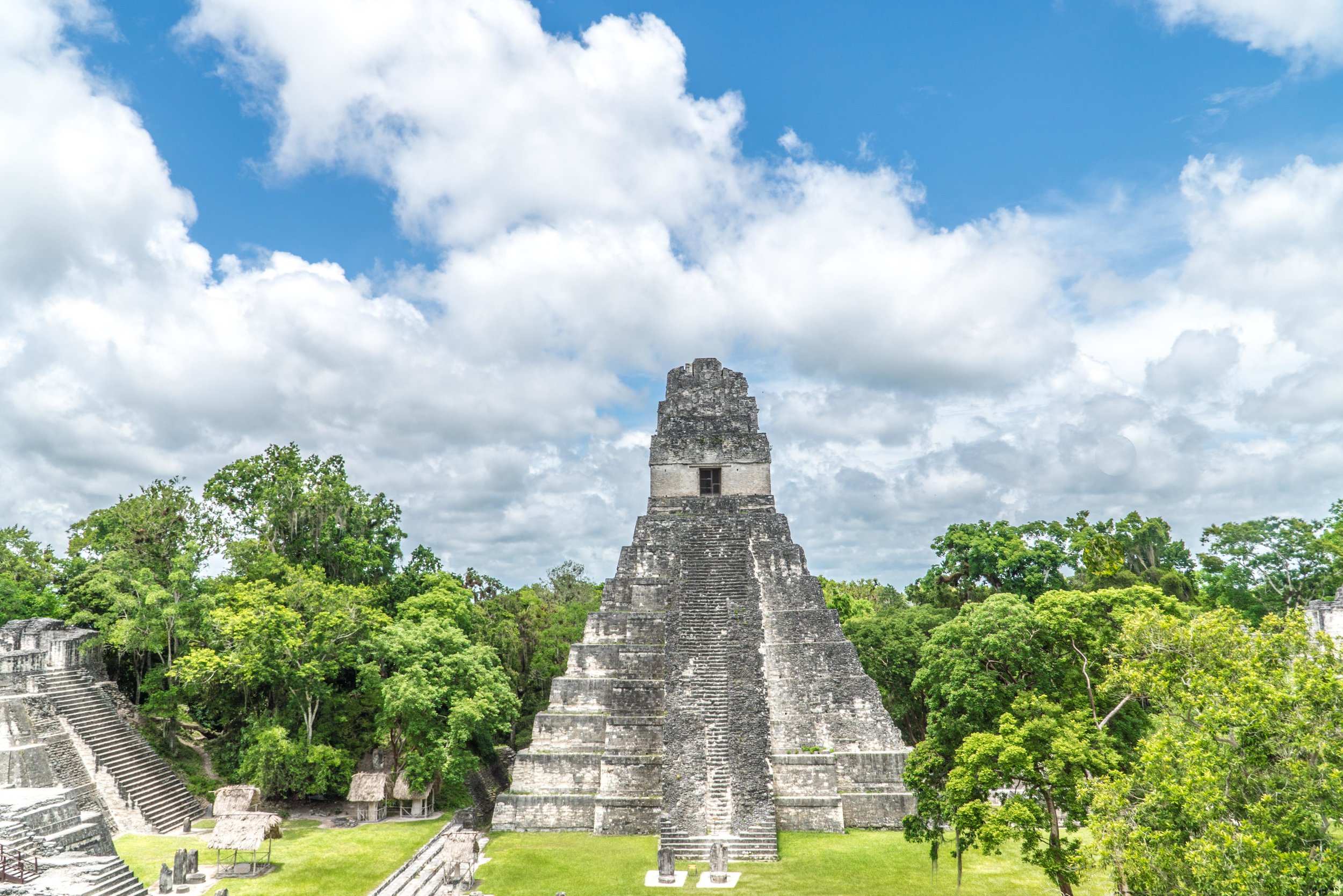Learning the Bobsled and Skeleton in Whistler, Canada
Feel the rhythm, feel the rhyme, get on up, it’s bobsled time! These words, from the movie Cool Runnings about the 1988 Jamaica bobsled team, kept running through my head at the starting line of the Whistler Sliding Centre. Like Sanka, I, along with my other couple "teammates," probably couldn’t have been any more anxious and nervous about our first bobsled run down the fastest Olympic sliding track in the world. And the Cool Runnings reference couldn’t have been any more appropriate, as standing in front of me, waiting to drive the first group of bobsledders down the track was 1988 Jamaica bobsled coach, Pat Brown.
I’ve been incredibly fortunate to undertake some amazing adventures over the last few years, but riding down the track of the Whistler Sliding Centre on my birthday weekend is certainly a standout. Many people may do any number of adventure activities as hobbies they participate in, such as surfing, paragliding, or scuba diving. But not many people just bobsled for a hobby since it isn’t exactly an everyday activity. As I walked up the track at the Whistler Sliding Centre, with national teams whizzing by me at more than 75 miles per hour, I felt the weight of this experience, one that people train their entire lifetime for but that I was undertaking over the course of a couple hours.
The Whistler Sliding Centre really elevates the virtue of Whistler as a winter destination, especially during a winter like this, when most of the west coast has had a particularly warm and dry winter. There are few places in the world where you could take a half day to ride the bobsleigh, luge, or skeleton like Olympians who have trained their entire life. And if you’re going to do it, then it might as well be on the fastest track in the world.
I showed up at 1 p.m., on Valentine’s Day no less, for my bobsled ride (and again the following afternoon for the skeleton), along with about 25 other teenagers and adults, many of whom were on vacation and taking a break from the slopes. I say that since just about anyone can do the bobsled as long as you fit the height (between 4'6"and 6'6") and weight (under 240 pounds, but under 220 pounds for skeleton) requirements.
The experience begins similarly for both, as you’re weighed, measured, and fitted for a helmet upon arriving. From here, you walk up the track (where you may get a first glimpse at athletes coming down the track) for an introduction and safety demonstration. Just don’t be that guy who asks how a person could die riding down the track (yes, someone really asked that).
After the safety demo, most of the group stands at the fastest turn in the world, while a van shuttles riders in groups of six to the top. In each bobsled there will be four people, one of which is a professional driver (and which may or may not be former Jamaican bobsled coach, Pat Brown). But don’t worry, you don’t have to push, run, and jump in. In this way, it’s more like a roller coaster on ice. And yes, you do reach three to four Gs of maximum force when you’re on that last corner at about 70 mph (I'm the guy in the back in the video above shaking my head left and right).
Why I liked the skeleton more than bobsleigh
By and large, I actually preferred the skeleton to the bobsleigh. But don’t get me wrong, both were equally awesome. In the bobsleigh, I felt like I was just along for the ride, while a professional did all of the work. On the skeleton, however, I was the captain of my own ship, plus I got to go down twice, compared to the bobsleigh that goes down once. Since it is an Olympic track where all runs are timed, I found myself more closely comparing my time with others and thinking about how I could better my time on the skeleton.
Nonetheless, most people opt for the bobsled. You’re in an enclosed sled, driven by a professional driver, riding down a longer distance, and going about 10-15 miles per hour faster. In the skeleton, however, it’s just you on the sled, where your face is just inches from the track. Yet because of the contours of the track, you don’t actually have to do any of the turning or braking. With that said, I was most anxious about doing the skeleton, but it was the most adrenaline-pumping, and the one I would do all over again without a shadow of a doubt (in part so I can better my 4th place finish!).
I really can’t recommend this experience enough. There was not one moment where I didn’t feel comfortable or safe, which in part is thanks to the hospitality and professionalism of the employees who hosted me at the Whistler Sliding Centre. Plus, it’s not everyday that over the course of a couple hours you can do what Olympians train their entire life for.













